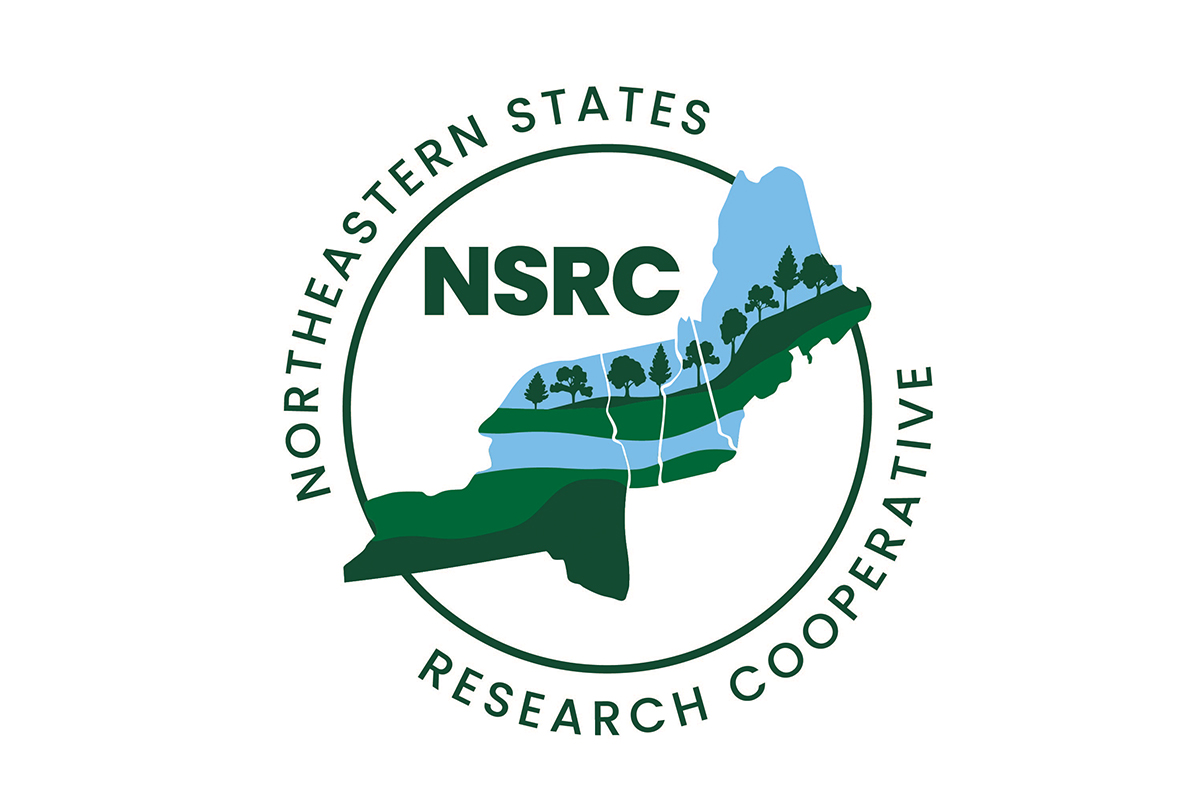
Decadal-scale trends in northern forest carbon storage in relation to nutrient availability and rising carbon dioxide.
Principal Investigator: Scott Ollinger, University of New Hampshire
Understanding trends in wood production and carbon sequestration in the Northern Forest region is critical for societal priorities related to climate mitigation, economic development and managing for resilient forests of the future. Despite a wealth of research on forest carbon cycling, researchers still do not have a sense of how these variables will change in the coming years. At the Bartlet Experimental Forest in NH, data from an intensively studied carbon flux research site indicate decadal-scale reductions in wood growth and carbon storage, but an increase total carbon uptake by photosynthesis. These contrasting trends are surprising, but are consistent with emerging data pertaining to the effects of rising atmospheric CO2 on plant growth and nutrient availability.
Increasing evidence from research sites in the Northern Forest region and elsewhere suggest that rising CO2 has caused declines in nitrogen (N) availability by increasing N demand and reducing decomposition through production of more carbon-rich plant litter. The proposed research will assess the degree to which relations among wood growth, carbon sequestration and N availability has changed over time by revisiting a network of plots that our research team last sampled 25 years ago. We will supplement this approach by making additional carbon flux measurements at the Bartlett and Howland, Maine carbon flux tower sites that will clarify mechanisms responsible for observed trends. This approach represents a unique opportunity to resolve questions about forest growth and carbon sequestration that will help plan for more sustainable and resilient forests of the future.